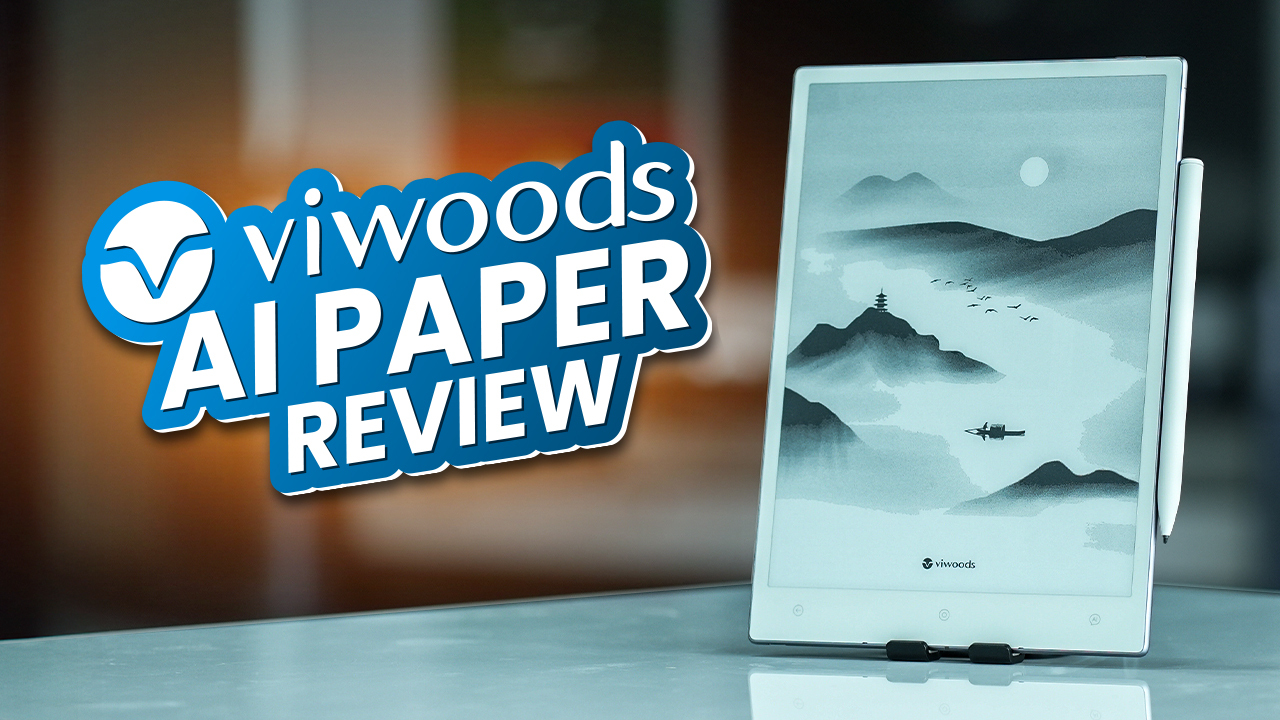Long ago, filmmakers were used to renting a helicopter or crane to get aerial shots for their films, which was pretty costly and time-consuming. But nowadays, with the help of drones, we can capture fast-forward aerial shots quite easily. In the past 10 years, drone technology has come a long way. Now they are more stable, powerful, and even come with marvelous camera quality. It also changed the imagination level of the filmmakers who are using other props to get their desired shots. Today we are going to talk about how drones have changed the ways of cinematography, giving away filmmakers the utmost convenience. So, let’s get started!
There was a time when drones were considered only for military operations and the global defense industry, but now they are developing a new frontier in cinematography. They are giving us the possibility to take our cameras where we have never been able to take them before and create amazing shots. Suppose, you need car trail footage, which can be pretty hard to capture with standard techniques or a helicopter. But with the help of a drone, you can capture it pretty easily.
Until 2012, the drone was banned in the U.S. and no one was able to use it for commercial purposes, which means even filmmakers were also not able to utilize it. After getting approved by the Federal Aviation Administration, almost every filmmaker started to use drones to get creative shots, even from the sky, which vastly optimizes the film quality and creativity. Now let us mention some famous movie names with drone-recorded footage, which include Harry Potter, Mission Impossible, Captain America, and more.

Drones With External Camera
So, do you think drones can provide adequate stability for your cinematography while flying so fast? Yes, drones are now far better and stronger than before. They are now offering optimized gimbals to capture shake and blur-free footage. For example, we all heard about the DJI, right? The most popular drone company that delivers its best quality drone for both beginners and professionals. And, it comes with sophisticated gimbal systems that can stabilize both big and small cameras. With the help of a 3-axis gimbal that combines with electronic image stabilization, you can create any kind of footage without making it blurry, amazing things, right. There are even some heavy-lifting drones like Sony Airpeak S1 that can carry a full-fledged film camera with an external gimbal whereas filmmakers once have to bear it with a helicopter or a crane. You can also capture land-based footage by taking the benefits of its altitudes systems instead of using jibs and dollies.

Drones With Internal Camera
Now let’s talk about the built-in Camera drones, as it’s the most important thing for your cinematography. Creating marvelous footage without a good quality camera can be pretty hard no matter how skilled you are. In this generation, drone-like DJI Mavic 3 cine offers 5.1K Apple ProRes with a 20MP Hasselblad camera for crystal clear and detailed footage so you don’t have to carry an extra camera to get your desired shots. It also features Natural color solution to deliver vivid footage for your film. So, we can say that drones not only provide us stability, mobility, and portability but a better camera quality as well, which takes our cinematography to new heights.
Costing
Finally, let’s talk about the production cost. According to Tony Carmean of Aerial MOB, a helicopter costs 20,000 to 40,000 US dollars for 10 hours a day, whereas a drone only costs 4,500 to 13,000 US dollars a day with its crew and insurance. This means drones not only allow you to take creative shots but reduce your production costs as well.
Final Thoughts
So, that was all about how drones came to the film industry to change the way of cinematography and replaced helicopters and cranes for arterial shots. And, if you are a content creator or a cinematographer, we suggest you should definitely go for a drone to elevate your footage quality.







